Mexican wine is hot — here’s where, why and how to drink it
When most Americans think of Mexico’s Baja peninsula, they picture vast stretches of sun-bleached chaparral, stipple-painted scrubland — fly-over country on the way to boozy, bro-ed out weekend in Cabo.
But just an hour south of the border, centered in the Valle de Guadalupe, is Mexican wine country — one of the most dynamic (and overlooked) gastronomic destinations in North America.
Visitors come for the wines but fall in love with Baja cuisine, the warm hospitality and the relaxed pace. While it has been called the “Tuscany of Mexico” and “the next Napa,” it has a flavor all its own, more in keeping with wine regions like Paso Robles or Mendocino’s Anderson Valley than with the glitz of Napa or Tuscany.
To get the most out of a visit to the Valle de Guadalupe, choose a hotel as a home base and request a recommendation for a driver to deliver you to wineries during your stay. Prices are very reasonable but make tasting reservations ahead of time via a winery’s website.
The most centrally located hotel is El Cielo (rooms from $350 a night), which boasts 95 rooms, a large winery (featuring a guided tour through the vineyards and cellar that covers the entire winemaking process), multiple restaurants, event spaces, and a pool overlooking the valley. The staff is incredibly warm, and the property is immaculate.
Architecture enthusiasts will want to check out the chic Casa 8 and Casa Montaña at Bruma (rooms from $395 per night).
Bruma features beautiful rooms on a sprawling property adjacent to their winery and the justifiably lauded restaurant, Fauna, which showcases the richness of Baja cuisine a la carte or in a luxurious prix fixe.
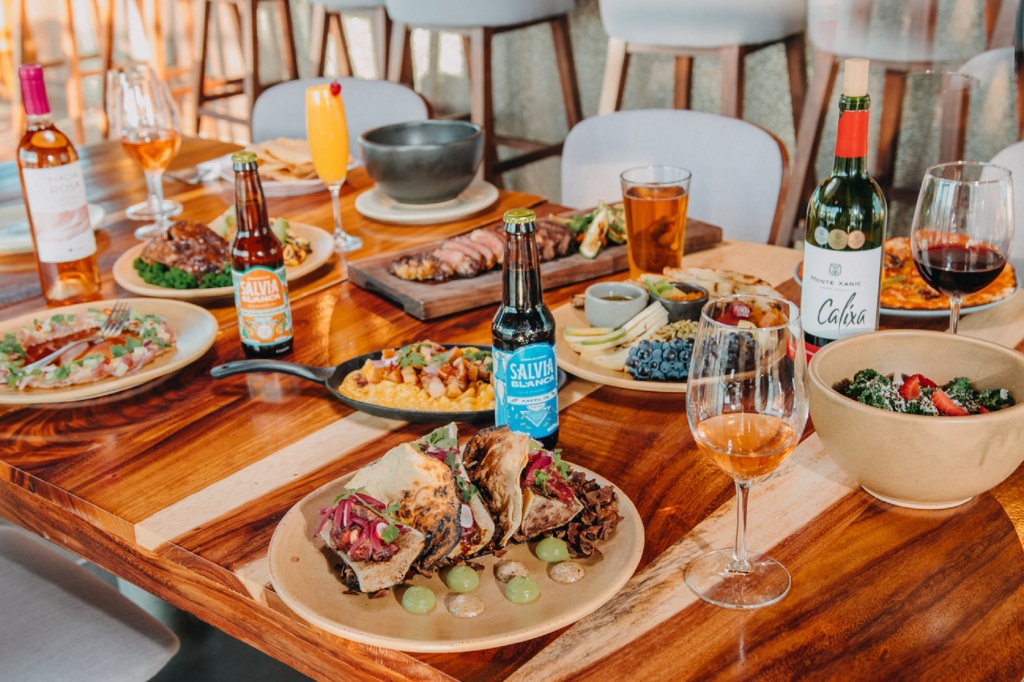
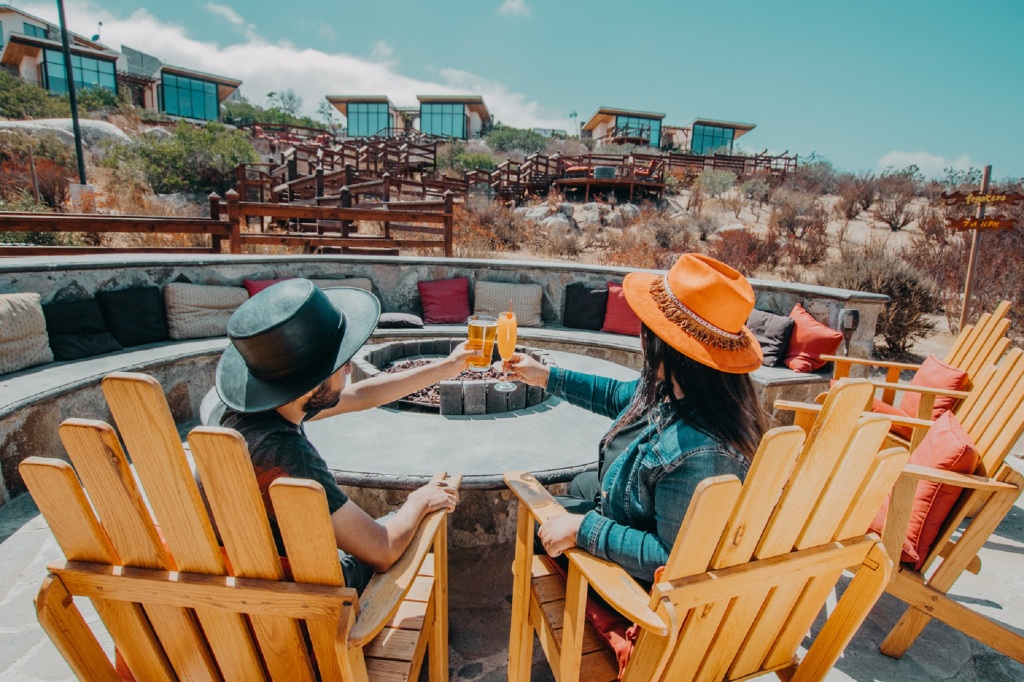
For a low-key stay, try Contemplación Hotel Boutique (rooms from $200 a night), which features 12 cabins and a manicured garden overlooking the valley with seating areas designed for maximum relaxation.
Eventually, you’ll want to venture out from the serenity of your hotel.
Head to Cavas del Mogor to taste their boutique wines like “Arrebol,” a rosé made from old vine Grenache, before enjoying dinner at the on-site, sustainably focused open-air restaurant Deckman’s, run by chef Drew Deckman and his wife, Paulina.
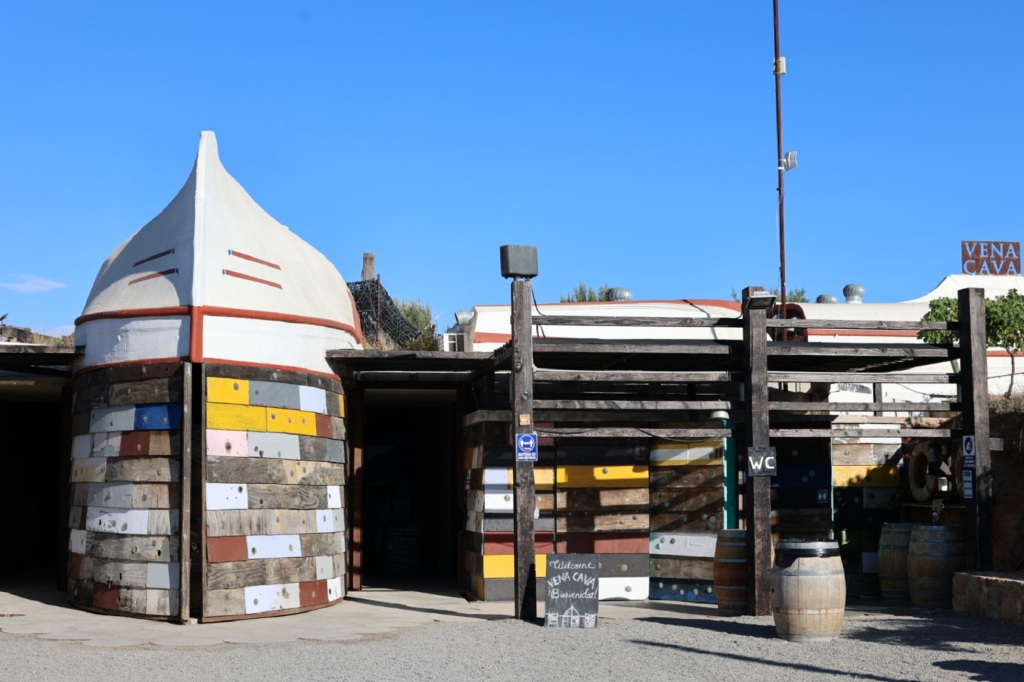
Phil Gregory’s Vena Cava Winery and partnering food truck Troika are another great food and wine pairing.
Enjoy “Phil’s Blend” in one of the most striking buildings in the valley: an Alejandro D’Acosta-designed structure made from old fishing vessels and other reclaimed materials.
Follow your tasting with oysters and quail from Troika.
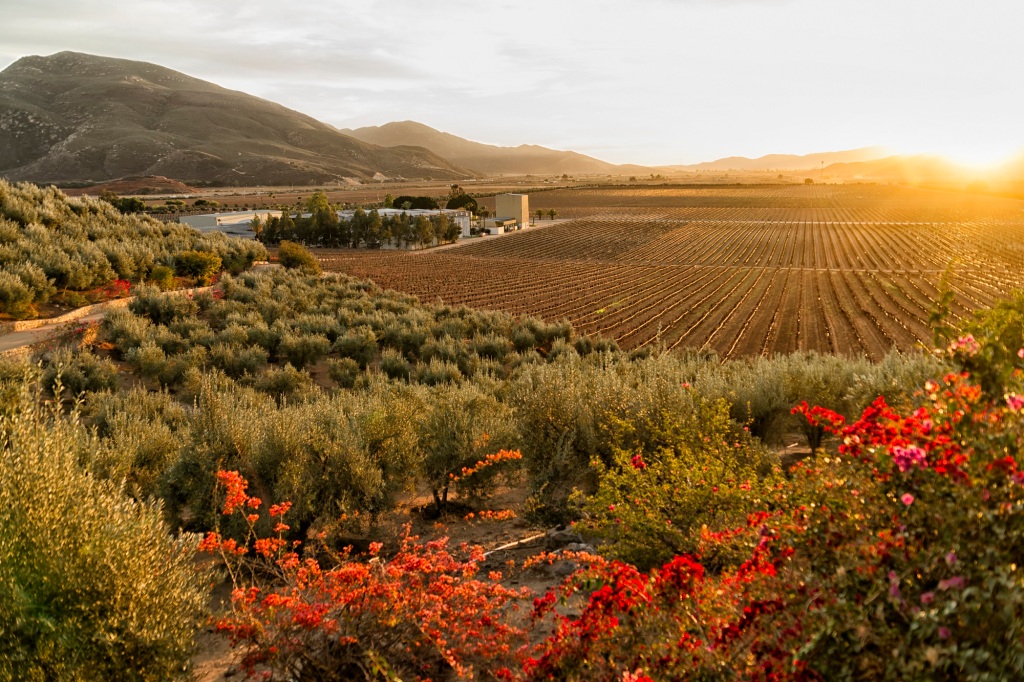
As in many New World wine regions, the last half of the 20th century saw the uprooting of historic vines in favor of more “marketable” international varieties like cabernet sauvignon, nebbiolo or merlot.
Thankfully, there are a few winemakers in Baja California, like Humberto Toscano of La Casa Vieja and Noel Téllez of Bichi in nearby Tecate, that keep the flame of tradition alive.
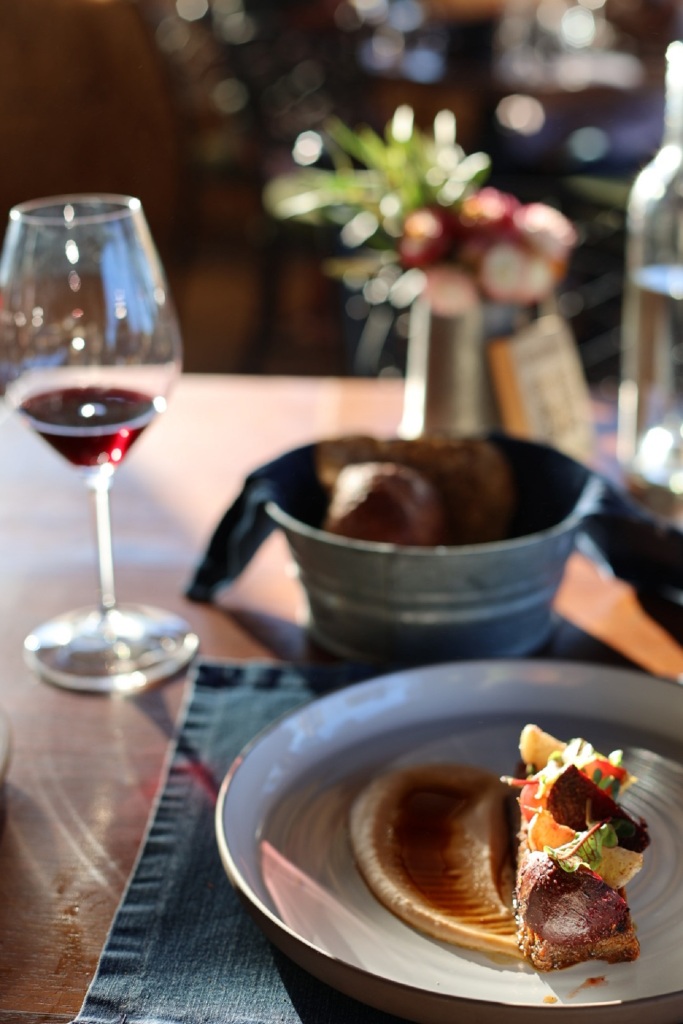
Both winemakers use minimal intervention in the winemaking process and are among the few still working with old Misión and Palomino vines (among others). Some of the vines on Toscano’s family’s historic property are estimated to be over 125 years old and have never seen the use of chemicals. Meanwhile, Téllez seeks out heirloom vineyards to bolster the biodynamic grapes he grows at Bichi.
While neither offers traditional tastings, the curious can still seek out these wines in the states through importer José Pastor Selections.
Given the improved offerings coming out of Baja, it shouldn’t be a surprise that fine dining spots like Enrique Olvera’s Pujol (in Mexico City) or Cosme (in NYC) feature Mexi wines on their bulging lists these days.
“Not long ago, most people didn’t know that grapes were grown in Mexico,” said Yana Volfson, beverage director at Cosme. “I think we can say that today, Mexican wine is finally part of a global conversation.”
Sure you could schlep to Italy or France for something tried and true. But the beauty of a developing wine region is that every bottle is discovery.
Read the full article Here


